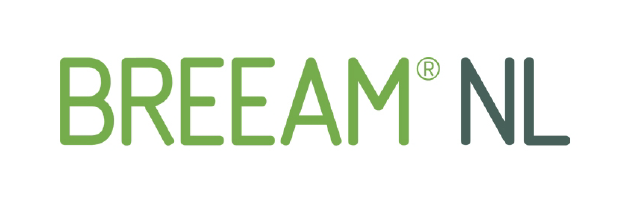Types of commissioning
Types of commissioning
Although the purpose of commissioning always remains the same, different types of commissioning can be distinguished. Which type of commissioning with the corresponding method is applied depends on the phase and state of a building and its installations. The sub-forms of commissioning are:
– initial commissioning
– retro-commissioning
– re-commissioning
– continuous commissioning
Initial commissioning
Initial commissioning refers to commissioning on properties that are still in the design and construction phase. Initial commissioning can also apply to major renovations. Other terms used for this are static commissioning and pre-completion commissioning. It acts as a preventive measure that ensures that efficient strategies and equipment are implemented from the beginning and that project delivery goals are met. It is important to begin the process of initial commissioning as early as when the delivery requirements are established.
A time to be determined after the building and installations are commissioned, re-commissioning is required, to check that the correct values are still being achieved, or to find that adjustment is needed.
We would be happy to tell you more about initial commissioning by D-TACS during a (phone) appointment .
Retro-commissioning
Retro-commissioning focuses on existing buildings that have not previously undergone commissioning. The purpose of commissioning is to identify inefficiencies and determine opportunities for improvement. Operating and maintenance procedures of existing buildings are improved to optimize overall building performance. Consider air quality, comfort, energy efficiency, temperature stability and more. Retro-commissioning can focus on the building or equipment present, or installations, depending on the commissioning goals established in advance. To perform commissioning, the operational and maintenance requirements for the building and the included plant and systems are first documented and completed. Then control systems are optimized through the calibration of critical sensors. Next, the commissioning engineer determines current conditions through trending performance measurements to uncover any inefficiencies. The engineer then records and reports the improvement recommendations.
Examples of recommendations after retro-commissioning:
- Fix wear and tear on (parts of) installations
- Replacing installations (on parts)
- Apply insulation
- Increase thickness of coatings
- Identify training needs operational and maintenance personnel
Are you interested in retro-commissioning by D-TACS? We would be happy to tell you more about it during a no-obligation appointment.
Re-commissioning
Re-commissioning involves buildings where quality assurance has been done before. It establishes the starting point for new performance goals and quality assurance. Usually re-commissioning is performed several years after initial commissioning, or when a building passes to a new owner. D-TACS recommends that you have your property inspected and prepared for transfer at the time of purchase so that you can use it immediately during the asset management phase.
Wear and tear or damage to components, the addition or relocation of systems, a remodel, or a change in the use of a building can reduce its performance. Re-commissioning involves testing the building and its systems to see if they still meet the quality requirements originally set. When inefficiencies are found, the commissioner makes note of them, or makes a recommendation by which the shortcoming is remedied.
Re-commissioning is recommended for:
- More comfort
- Lower energy costs
We would be happy to tell you more about re-commissioning during a (phone) appointment.
Continuous commissioning
Continuous commissioning is the continuous monitoring of energy and environmental data in order to adjust the performance of a building, tunnel, data center, or wind turbine, for example, in real time. As a result, values remain more constant, property users experience greater comfort and energy costs decrease significantly.
The reason why continuous commissioning is not yet widely adopted is that the techniques for it are undergoing rapid updates and changes. The systems themselves are also very complex these days. It is difficult for a building’s operations team to keep their knowledge and skills on this up to date, given that they have other tasks on their plate. The specialized commissioning engineers at D-TACS will be happy to relieve you of this burden by taking care of continuous commissioning for you. We would be happy to make an appointment with you to give you further information about continuous commissioning by D-TACS.







